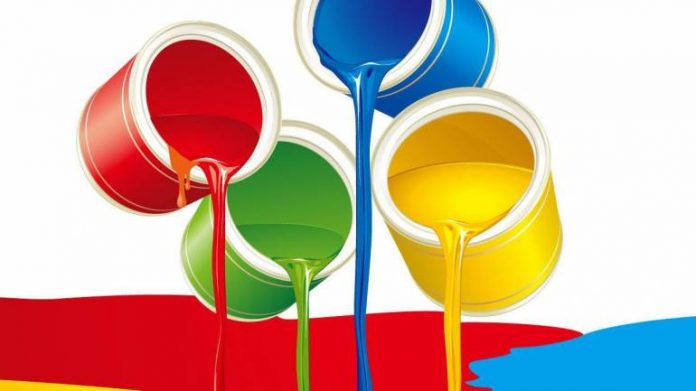While the outlook for demand remains positive, concerns for the paint industry on account of crude oil prices remain.
In the last five years, consumption theme has outperformed all the indices, with paint stocks emerging as standout performers by generating double-digit returns. While benchmark indices have corrected around 10 percent, paint stocks are at an all-time high.
But, is this a good time to invest in these stocks or should we wait for a healthy correction? What are the factors that pushed these stocks to new highs and finding favour with investors?
Let’s dig out what really impacts paint stocks and their future prospects.
An improvement in disposable income, rising urbanisation, focus on housing, rural growth, rise in automotive segment, increasing trend of nuclear families, etc have all impacted this sector positively. Crude oil derivatives and titanium dioxide are major inputs used in paints.
One of the key pigments, titanium dioxide, accounts for about 15-20 percent of the raw materials cost of the industry. Most of the paint companies in India meet the requirements of titanium dioxide through imports, with China being the largest contributor.
What concerns the industry is the raw material. If we observe the year-on-year (YoY) growth in crude prices, we see that the trend is a continuing trend. As binders, solvents and additives make up 75 percent of most paints, it implies that three-fourths of the raw materials are derived from major distillates of crude oil and their costs are thus sensitive to crude prices.
The paints industry is largely dominated by organised players, which account for about 65 percent of the industry’s value. The remaining 35% are the unorganised players.
Among the big players, Asian Paints is the market leader in decorative paints, while Kansai Nerolac Paints is top of the industrial segment. Berger Paint dominates the vehicle segment.
With their prices quoted in the rupee, domestically traded crude derivative contracts would help them manage their exposure in the domestic currency.
While the outlook for demand remains positive, concerns for the paint industry will remain on the raw materials front, if the YoY growth in crude prices continues. The Brent crude prices averaged at $65 per barrel during April-September 2019.
Though the goods and service tax regime came in as a challenge, the reduction of GST rates from 28 percent to 18 percent has come in as a relief for the paint industry.
Indian paint stocks are at very high PE, as Asian Paints trades at 66, Berger Paints at 70, while Kansai Nerolac Paints is trading at 57 and interestingly, the Sensex PE is 26.
We believe paint stocks will continue to give positive returns for coming years, as volumes can continue to grow at least 10 percent. Asian Paints and Berger Paints will be our preferred bet for the short-to-medium time horizon.


